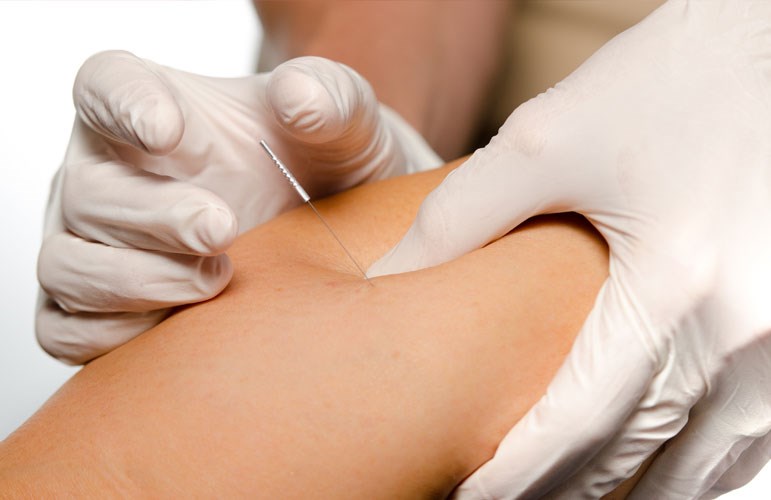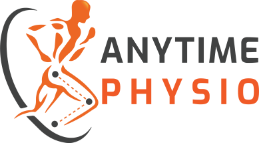
If you’ve been struggling with muscle pain, then you might have heard about dry needling treatments to ease it. But what is dry needling exactly and how does it work? In this article, we try to answer five of the most frequently asked questions about dry needling:
What is dry needling?
Dry needling treatment aims to alleviate pain by getting rid of myofascial trigger points. In other words, it releases the tension from the knots in your muscles. Unlike other massage treatments, dry needling uses tiny monofilament needles to penetrate the muscle tissues and stimulate its pressure points, improving muscle movement, and reducing pain.
Is dry needling similar to acupuncture?
No. While both techniques use filiform needles at precise pressure points, they are in fact very different. In acupuncture, needles are placed at pressure points to direct the flow of energy and trigger the body’s healing properties, restoring physical, mental, and emotional balance. Needles are placed along interconnected pathways, including the head, the chest, and the limbs.
On the other hand, dry needling addresses the immediate source of body pain by identifying restrictions in your muscle tissues. The needles are placed at knots or taut bands to produce a local twitch response (LTR). This response releases the tension in your muscles, eases joint pains, and improves overall circulation.
What type of pain does dry needling treat?
Dry needling is often used to treat muscle pain, but it’s also known to be effective in addressing movement impairments caused by scar tissues and connective tissue restrictions.
These are just some of the most common trigger points that dry needling aims to address:
- Tension headaches and migraines
- Muscle strain
- Sciatica
- Lower back pain
- Carpal tunnel syndrome
- Fibromyalgia
- Osteoarthritis
- Tendonitis
- and more
Does dry needling hurt?
No, dry needling does not cause pain. Quite the opposite—it releases pain. We often get this question from people who have a fear of needles and they are always surprised by how quick the sensation is. The needles used are so thin that it can penetrate the skin with little sensation. Once we get an LTR response, the muscles tend to contract involuntarily, which may feel like having a muscle cramp. However, this only lasts a few seconds and is mostly a result of tension release instead of needle penetration. After this, you’ll soon begin to feel the pain fading away.
What can I expect after a dry needling treatment?
You’ll most likely feel sore after going through a dry needling session, similar to the soreness you feel after strength training. This eventually goes away within 24 hours. You can relieve some of the soreness by applying ice, followed by warm compresses.
In addition to feeling soreness, physical therapists also recommend that you help your muscles heal and restore function by doing the following:
- Stay hydrated
- Gentle stretching exercises
- Muscle massage
When getting a massage, make sure not to overwork your muscles so that you don’t end up stressing your muscles further.
Conclusion
Dry needling is an effective treatment that can alleviate pain immediately. It is performed by a professional physical therapist that has been trained to identify trigger points and place the needles at these precise locations. If you are looking for a reliable physiotherapist in Brisbane who is offering dry needling services, feel free to schedule an appointment with us at Anytime Physio.

